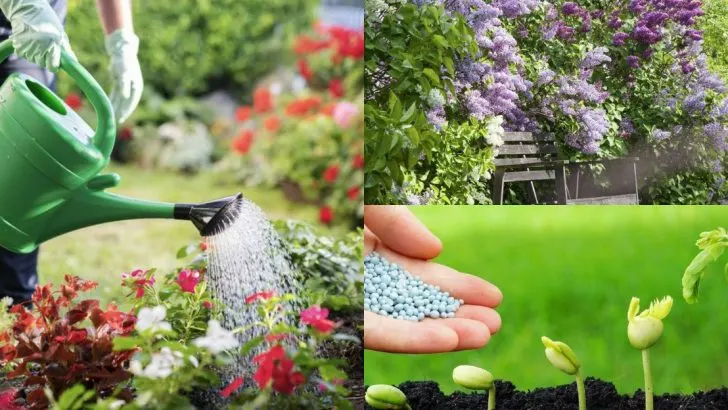Some May garden habits are a trap—luring you in with good intentions, then sabotaging your entire summer. You think you’re helping. You’re pruning like a pro, overwatering with love, scattering mulch like confetti. And all the while, your garden is silently screaming, “Please stop.” This month is tricky. What works in April might wreck your blooms now. And what seems helpful today might haunt you in July. But don’t panic. With a few small swaps—and a willingness to break up with outdated advice—you can dodge the damage and keep your garden glowing. Here’s what to skip in May, what to try instead, and how to stay one step ahead of garden regret.
Avoid Overwatering
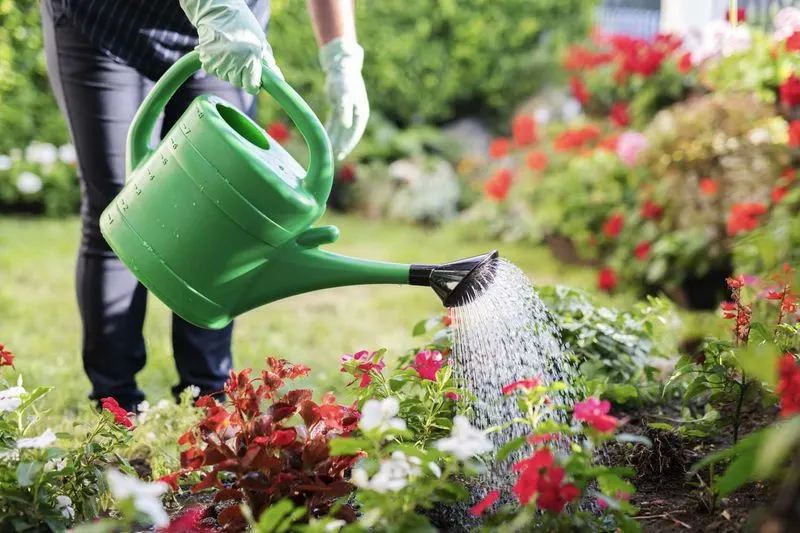
Watering is a must, but too much can drown your plants. First-time gardeners often think more water means more growth. Think again! Soggy roots are unhappy roots, leading to rot and decay. Instead, let your plants breathe by watering deeply but less frequently. Check the soil with your fingers; if it’s moist an inch down, hold off on the watering can for a bit. This method mimics nature’s rhythm, keeping your garden healthy and thriving. Happy roots, happy shoots!
Don’t Prune Spring-Flowering Shrubs

It might seem tempting to grab those pruners and shape your garden. However, pruning spring-flowering shrubs in May risks cutting off buds that have yet to bloom. Wait until after their showy display to prune back any wild growth. Let nature’s spectacle unfold first. This patience pays off in a magnificent floral display, adding color and beauty to your garden. Trust the process, and let your shrubs shine in all their natural glory. Then, when the time is right, you can shape them to your heart’s content!
Skip Fertilizing Newly Planted Seeds

Fertilizing new seeds might seem like a boost, but it’s a rookie mistake. Young seedlings need time to establish roots before handling extra nutrients. Over-fertilizing can burn these tender sprouts. Instead, provide them with nutrient-rich soil from the start, and allow them to grow naturally for a few weeks. Watch them sprout and stretch towards the sun, embracing their environment without extra help. Once they’re established, you can consider slow-release fertilizers to support their ongoing growth. Let nature nurture first!
Avoid Planting Too Early
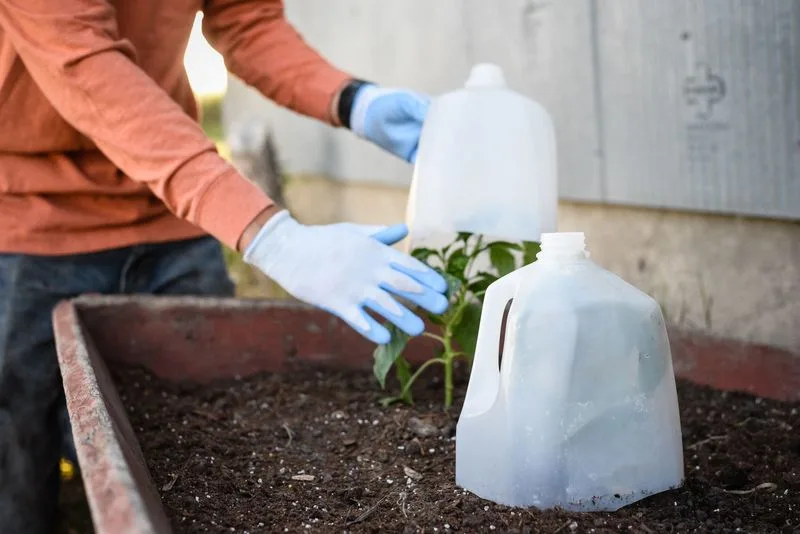
Ah, the excitement of planting! But beware of jumping the gun. Early May can still host a rogue frost, damaging tender plants. Check your local frost dates, and plant warm-season crops only when the threat has passed. Use row covers if you’re eager to get started early, protecting those precious seedlings from unexpected chills. There’s beauty in patience, ensuring that your garden will flourish without the risk of frostbite. Plan wisely, and let your garden bloom in its perfect time.
Don’t Ignore Pest Control

Pests, the uninvited guests in your garden party! Ignoring them can lead to disaster. Watch for signs of infestation, like chewed leaves or unusual droppings. Introduce beneficial insects or natural barriers to keep the pests at bay. Companion planting is another effective method, creating a garden ecosystem that deters pests naturally. Monitor frequently to catch problems early. A little vigilance goes a long way in protecting your precious plants, ensuring a bountiful harvest without the creepy crawlies!
Skip Mowing Wet Grass
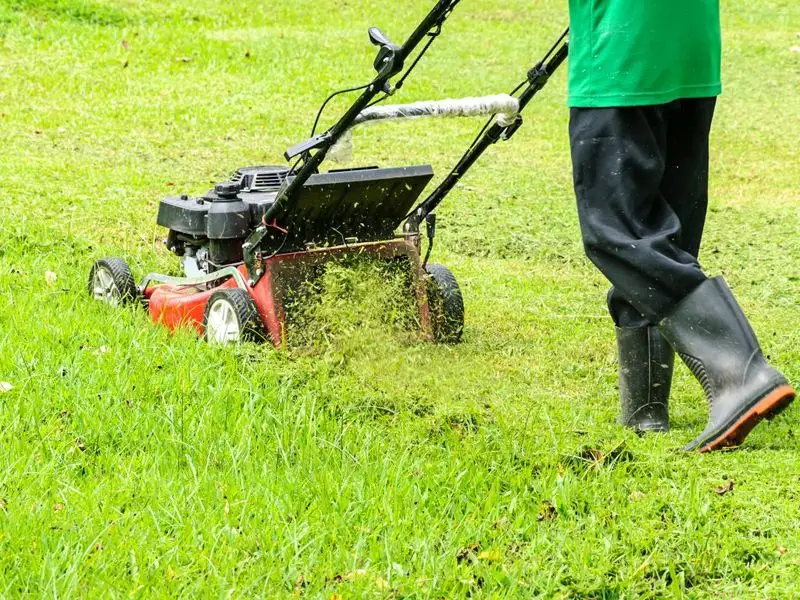
The lawn’s calling, but wait—mowing wet grass is a no-go. Wet blades clump together, leading to uneven cutting and possible fungus. Allow the grass to dry after a rain shower or morning dew, then mow to your heart’s content. This practice keeps your lawn healthy, looking lush and inviting. The smell of freshly cut grass is a reward, and your lawn will thank you with vibrant green blades. Keep it neat but remember, patience is a virtue in lawn care too!
Avoid Using Pesticides in Windy Weather
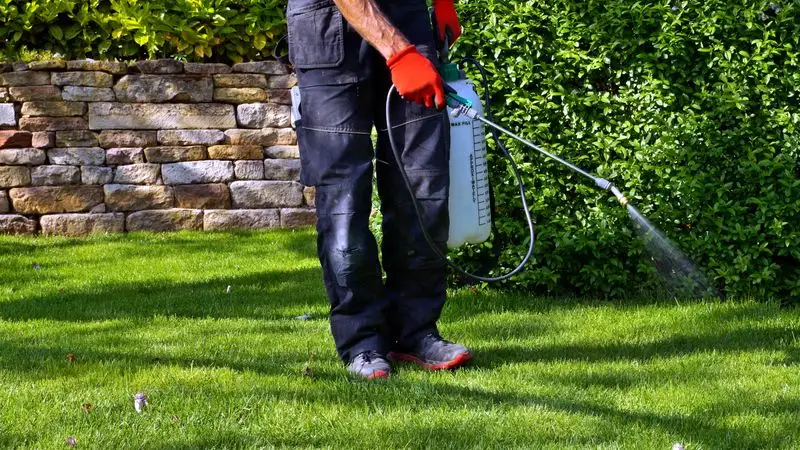
Spraying pesticides on a windy day is like throwing caution to the wind—literally! The chemicals can drift, affecting areas you didn’t intend. Wait for a calm day to target your pest problem directly. This method ensures that you’re treating the right areas, keeping your garden healthy and the environment safe. Precision is key, and so is respecting your neighbors’ gardens. The right day will come, and your careful approach will make all the difference. Happy, healthy gardening awaits!
Don’t Neglect Mulching

Mulching is more than just a finishing touch; it’s a protective layer for your garden. Ignoring this step can lead to moisture loss and weed invasion. Add a layer of organic mulch, like wood chips or straw, to retain moisture and keep those pesky weeds at bay. This nurturing blanket insulates the soil, maintaining a stable environment for roots. It’s like tucking your plants in for a cozy nap, encouraging them to grow strong and healthy. Your garden will thank you!
Don’t Forget to Deadhead Flowers
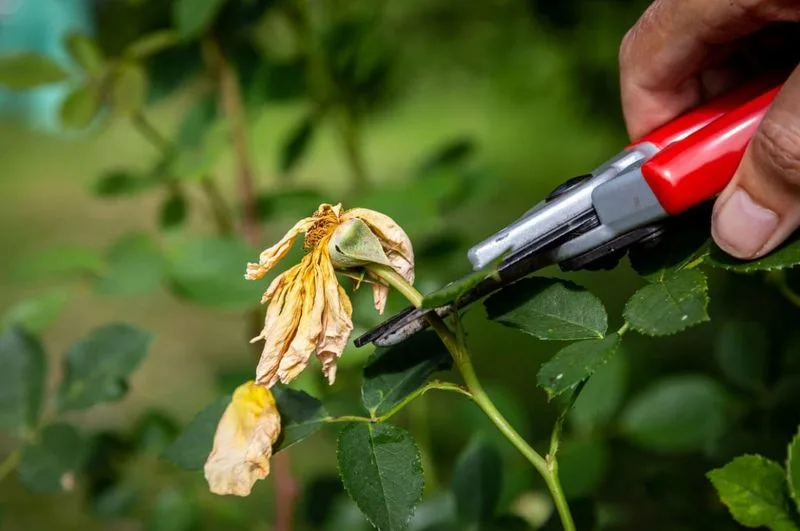
Deadheading—it’s not just a gardening chore, it’s a rejuvenation ritual for your flowers. Forgetting this can lead to less vibrant blooms. By removing spent blossoms, you encourage new growth and prolong the flowering period. This simple act of maintenance keeps your garden lively and colorful throughout the season. Embrace the cycle of life, and reward your garden with the care it deserves. It’s a satisfying task that connects you to the rhythm of growth and renewal.
Avoid Planting in Wet Soil
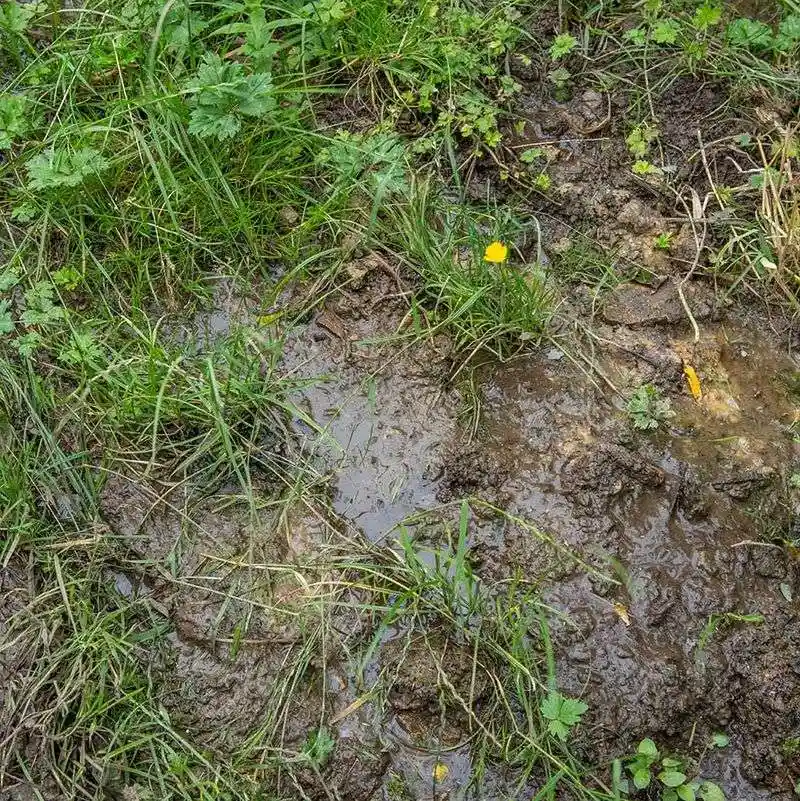
Wet soil and new plants are a muddy match. Planting in such conditions can compact the soil, hindering root development. Wait for the soil to dry out a bit, ensuring it crumbles nicely in your hand. This allows roots to spread with ease, giving your plants a strong start. The right planting conditions are key to a thriving garden. Remember, patience is part of the gardener’s toolkit, ensuring that every plant gets the best start possible. Your garden will flourish with this mindful approach.

